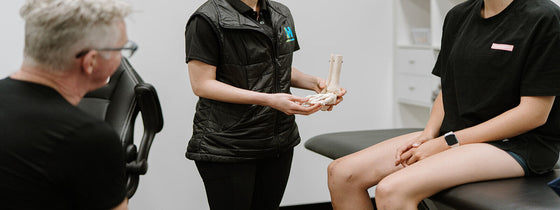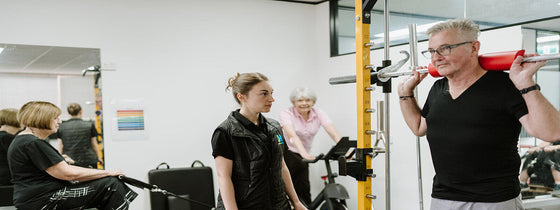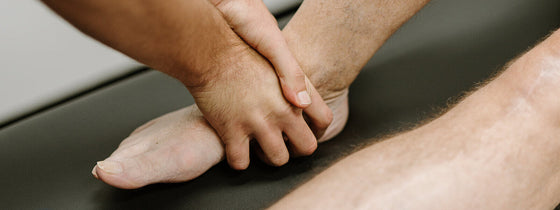2020 has arrived and, as always, people have New Years resolutions that our team at OHL would love to help you achieve. One of the most common resolutions is to start some exercise and become a fitter, stronger and healthier person.
In the Nillumbik/ Diamond Valley area we are lucky enough to live in a leafy green area with many parks, tracks and activity options, which translates to a community who (generally) lives a very healthy and active life. Where are these places? Which one is best for me to start on my health and fitness journey? Below are a small selection, of our multitude of options, of common tracks you can go for a walk/run in the local area…
Generally when starting out running it is better to start with shorter interval type running as guided by a physiotherapist. This ensures you are running at the correct level for your abilities and helps to reduce the chance of injuries. If you are someone you know has started a new years resolution to get fitter, stronger and healthier our team at OHL would love to help guide you through the process to prevent injuries, prolong activity and help you to achieve your goal what ever it may be.

If you're experiencing back or neck pain with neurological signs and symptoms, a thorough neurological examination is crucial for accurate assessment and effective treatment. In this Optimal Tip learn more about what we mean by completing a neurological exam!

Squats, deadlifts, and calf raises are key movement patterns that should be part of every strength and conditioning program—regardless of age and activity level. These functional movements support joint health, improve posture and balance, and reduce the risk of injury while building strength where it matters most.

A ganglion cyst is a fluid-filled swelling that typically forms over a joint or tendon sheath, causing discomfort and pain, especially when pressing against nerves or joints. Proper assessment and treatment, including physiotherapy, are essential for managing symptoms and improving function in the presence of a ganglion in your hand, foot, or wrist.